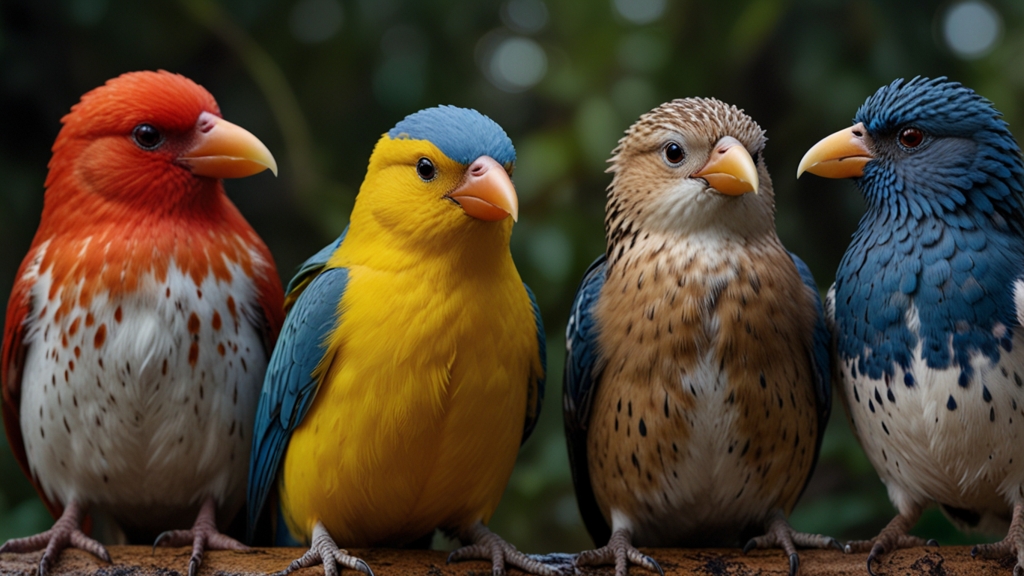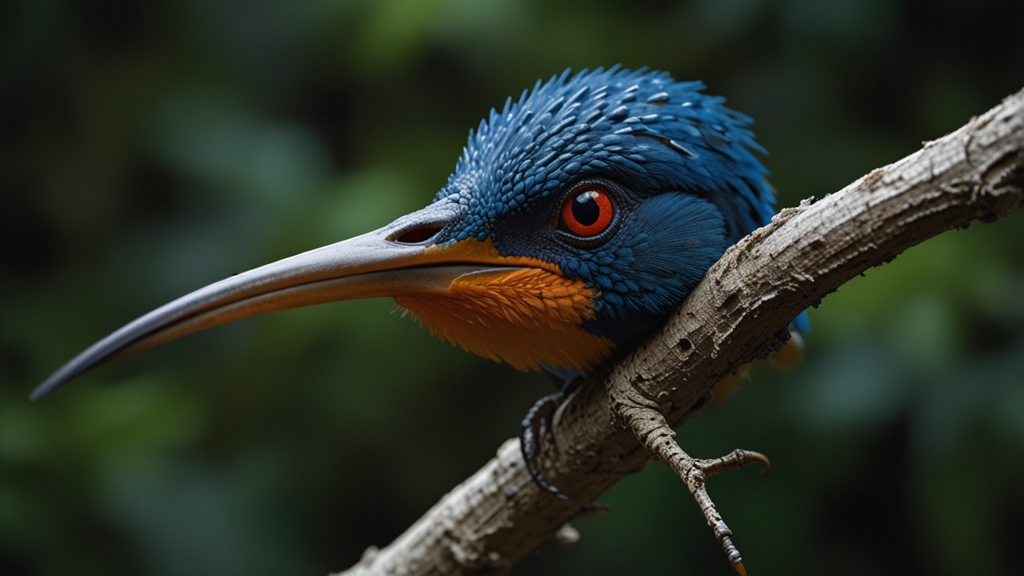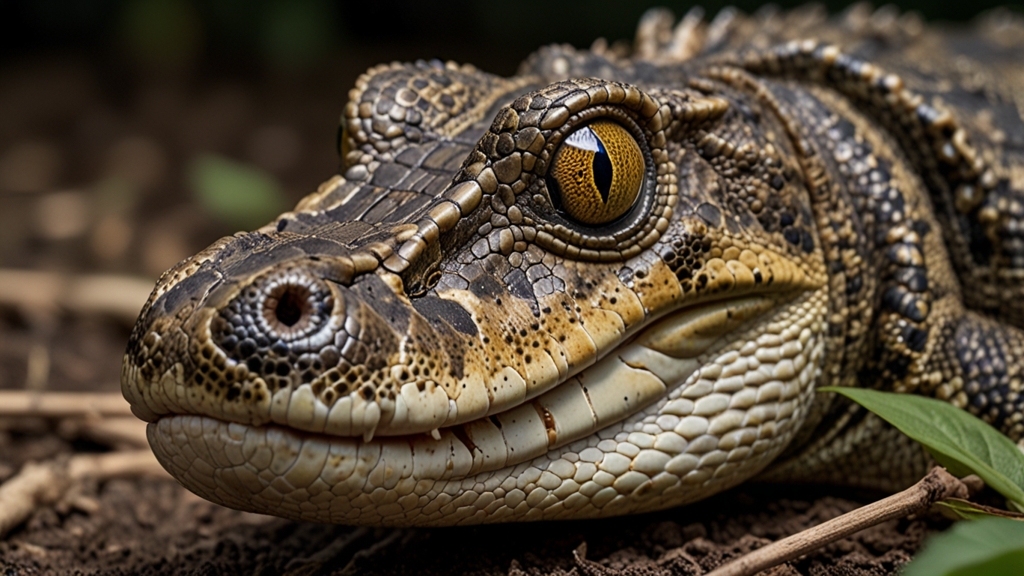The Most Poisonous Birds in the World: Nature's Toxic Avengers
When we think of poisonous creatures, birds are typically not the first to come to mind. However, in the vast tapestry of biodiversity, there are avian species that pack a toxic punch. These intriguing birds have evolved to carry toxins as a defense mechanism, deterring predators and ensuring their survival. Let's explore some of the most poisonous birds that Mother Nature has to offer.
The Pitohui Genus: Silent Yet Deadly
Found in the rainforests of New Guinea, the Pitohui birds are among the very few known toxic birds in the world. The Hooded Pitohui (Pitohui dichrous), with its striking orange and black plumage, is perhaps the most famous of them. These birds harbor a toxin called batrachotoxin, the same potent compound found in some poison dart frogs.
"The discovery of the Hooded Pitohui's toxicity was a significant event in ornithological studies. It highlighted that not just amphibians and reptiles, but also birds can possess toxic defenses," said Dr. John Dumbacher, who led the research in the 1990s.
Interestingly, it is believed that these birds acquire the toxin through their diet, possibly from consuming beetles that contain the compound. The presence of such toxins can cause numbness and tingling in humans if they come into contact with the bird's feathers or skin.
The Blue-capped Ifrita: A Hidden Hazard
Another resident of New Guinea's lush forests, the Blue-capped Ifrita (Ifrita kowaldi) is a small, unassuming bird with a dangerous secret. Like the Pitohui, it also harbors batrachotoxin, making it hazardous to predators and unsuspecting researchers alike.
The Blue-capped Ifrita stands as a testament to convergent evolution, where unrelated species independently evolve similar traits. Its toxicity is thought to be derived from its insectivorous diet, sharing a similar ecological niche with the Pitohui birds.
The Rufous Shrike-Thrush: A Toxic Songbird
The Rufous Shrike-Thrush (Colluricincla megarhyncha) might look like any other songbird, but it too carries the infamous batrachotoxin. Discovered in recent years, this bird adds to the growing list of poisonous avian species.
"It's fascinating how nature can surprise us with its variety of survival strategies. The discovery of toxins in seemingly innocuous birds like the Rufous Shrike-Thrush challenges our understanding of avian biology," noted ornithologist Dr. Mary Jane Koopman.
This bird's toxins are found primarily in its skin and feathers, playing a crucial role in its defense mechanism. On the bright side, these discoveries have opened new avenues in the study of chemical ecology and the role of toxins in the animal kingdom.
Implications and Future Research
The existence of these toxic birds raises exciting questions for scientists. How did these birds evolve to sequester batrachotoxin? What ecological factors drive this adaptation? Further research is essential to unravel these mysteries and understand the broader implications of toxic defenses in birds.
Moreover, studying these birds can have practical applications. For instance, understanding batrachotoxin's mechanisms can inform medical research, offering insights into pain management and neurological studies.
Conclusion
While the idea of poisonous birds might seem like something out of a science fiction novel, the reality is that these avian wonders are yet another example of nature's extraordinary inventiveness. The Hooded Pitohui, Blue-capped Ifrita, and Rufous Shrike-Thrush stand as remarkable examples of how life on Earth evolves in astonishing ways. As research continues, who knows what other toxic avengers might be discovered in the avian world.
"Nature never ceases to amaze us with its complexity and ingenuity. Each discovery, like that of poisonous birds, inspires us to look deeper into the world's hidden wonders," remarked Dr. Jane Goodall, renowned primatologist and conservationist.
So next time you hear a bird's song or see a flash of bright plumage in the trees, remember that even in the avian world, appearances can be deceiving, and danger might be closer than you think.












